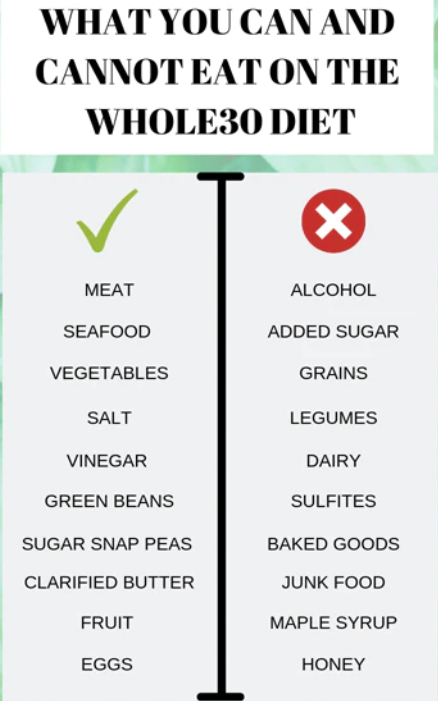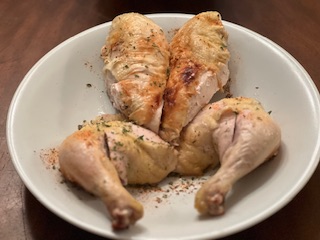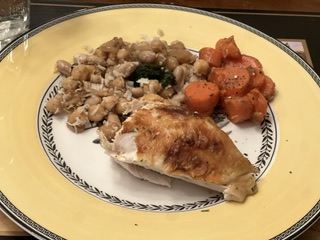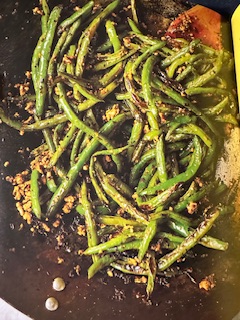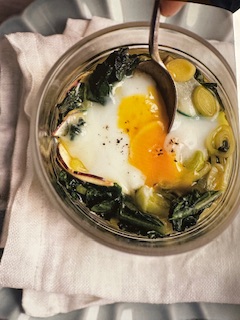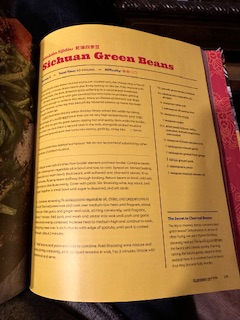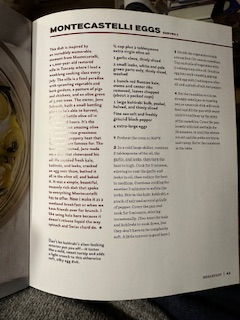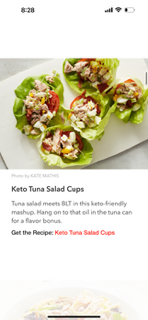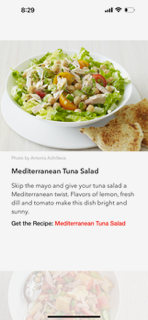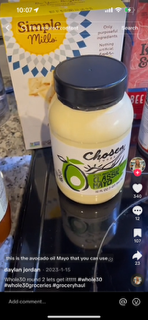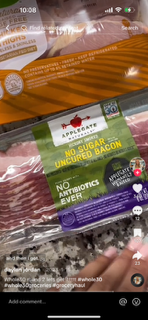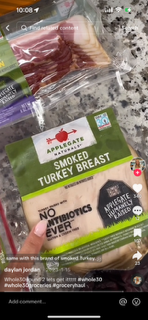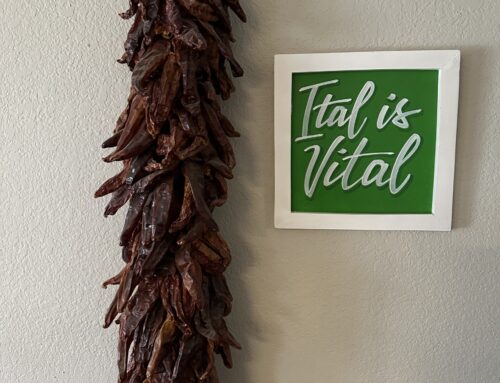We have been following the Whole30 diet recently and have lost a lot of weight, gained back energy and are having less issues in general. It is mostly what I try to follow anyway, eating non-processed foods and limiting sugar. But this goes further. The Whole30 diet is a month-long elimination diet designed to promote health and well-being. Here’s how it works:
- Change the food you put on your plate.
- Purpose: The premise of the Whole30 program is that certain common foods in Western diets—such as sugar, alcohol, grains, dairy, legumes, and specific food additives—can be harmful to overall health, energy levels, and well-being. The goal is to eliminate these potentially problematic foods for a month to allow the body to heal and repair itself.
- What You Can Eat:
- Allowed Foods: During the Whole30 plan, you focus on eating whole, unprocessed foods, including:
- Animal protein
- Vegetables
- Fruits
- Nuts
- Healthy fats
- Herbs, spices, and seasonings
- Avoided Foods: You must avoid the following:
- Grains
- Legumes
- Dairy
- Added sugar
- Artificial sugar
- Alcohol
- Certain additives
- Allowed Foods: During the Whole30 plan, you focus on eating whole, unprocessed foods, including:
- Rules:
- Strict Guidelines: The rules are simple but strict:
- Eat moderate portions of meat, seafood, and eggs.
- Consume lots of vegetables and fruits.
- Include plenty of natural fats.
- Choose foods with few, pronounceable ingredients or no ingredients because they’re whole and unprocessed.
- Avoid the restricted foods completely for 30 days.
- Reintroduction Phase: After the initial 30 days, the off-limits foods are slowly reintroduced one at a time to observe if any trigger adverse reactions.
- Strict Guidelines: The rules are simple but strict:
- Good Food Standards:
- Foods allowed on the Whole30 plan must meet the diet’s four “Good Food” standards:
- Promote a healthy psychological response
- Promote a healthy hormonal response
- Support a healthy gut
- Support immune functions and minimize inflammation
- Foods allowed on the Whole30 plan must meet the diet’s four “Good Food” standards:
Remember that the Whole30 diet is not just about weight loss; it’s an elimination and reintroduction program aimed at improving overall health and well-being.
No Cheating. The “pancake rule” from Whole30 website reads as follows:
The History, Philosophy, and Revisions of the Whole30 Rule Inspired by Our Most-Asked-About Food
Since the creation of the Whole30 in April 2009, we’ve always had a rule that eliminates baked goods, chips, and other specific comfort foods even if they’re made with Whole30 compatible ingredients. We call it the Pancake Rule. Believe it or not, pancakes are the one “treat” food we get asked about the most. This concept has always been a cornerstone of the program, and remains one of the most crucial factors in your Whole30 success. Here’s why you can’t recreate certain foods with compatible ingredients during your Whole30 elimination—the full explainer on the Pancake Rule.
History of the Pancake Rule
This rule came about in the middle of my first Whole30 in April 2009, when I noticed myself scheming a way to recreate the sugary hit of my usual Dunkin Donuts Iced Caramel Latte. (Turbo-sized. Don’t judge.)
One of the benefits of my Whole30 thus far was that my energy was better and my sugar cravings were on the rapid decline. Not wanting to mess up a good thing, I decided to skip the recreation and try to love my beloved iced coffee black. It was deeply unsatisfying (but only at first), and I did successfully break my morning sugar habit, never again returning to my Iced Caramel Latte.
Pancake Rule: A Simple Premise
From this experience, the Whole30 “pancake rule” was born. The premise is simple: If you want to change your habits, you have to actually change your habits. If you spend all 30 days trying to recreate the same baked goods, sweets, and treats you came into the program eating, what are the chances you’ll come out of the program with new healthy habits and tools for navigating stress or discomfort? (Spoiler: zero.) The Whole30 was designed specifically to facilitate true habit change. If you really want to lose your uncontrollable sugar cravings, learn how to navigate stress without needing chocolate and wine, and feel empowered to make the right food choices for you, the next 30 days can be a magical experience! But one of the fastest ways to negate the potential benefits of your Whole30 is to try to recreate your old “trigger” or comfort foods with technically compatible ingredients. When it comes to the psychological hold certain foods have over us, the whole (pancake) is far more than just the sum of the parts (ingredients).
The Pancake Rule: An Exact Definition
Here’s how the rule reads: Do not recreate or purchase baked goods, “foods with no brakes,” or treats with Whole30 compatible ingredients. Some specific foods that fall under this rule include: pancakes, crepes, waffles, bread, tortillas, biscuits, muffins, cupcakes, cookies, brownies, alternative flour pizza crust or pastas, granola, cereal, ice cream, commercially-prepared chips (potato, tortilla, plantain, etc.), or deep-fried French fries.
Basically, we’re calling out the foods you gravitate to in times of stress, the stuff you can’t stop eating once you start, and anything that offers sugary, carby comfort (while probably pushing more nutrient-dense food off your plate). You’ll be eliminating all of that stuff as part of your Whole30.
Doing Whole 30 Forever
Can you commit to following the Whole30 for the rest of your life? I’ll provide a two-part response.
The Theoretical Perspective: Absolutely, it’s feasible.
If you genuinely desire it, adhering to the Whole30 indefinitely is entirely possible. Notably, the Whole30 lacks a temporary initiation phase, doesn’t limit calorie intake, and offers a wealth of essential vitamins, minerals, phytonutrients, and fiber crucial for maintaining good health. Unlike many diet plans, the Whole30 is designed for long-term sustainability, maximizing nutrient intake while minimizing gut disruption and inflammation. By consistently consuming nutrient-dense foods, you’d absorb valuable nutrients, maintain a healthy metabolism, and support your immune system.
Moreover, the program permits the enjoyment of delicious, rewarding foods without the pitfalls associated with processed junk foods. These Whole30-friendly foods come with built-in brakes like fiber, water, protein, fat, and micronutrients, preventing the usual regret/guilt/shame cycle associated with conventional “comfort foods.” Numerous medical professionals, including Dr. Matt Mechtenberg, endorse the Whole30 as safe and healthy beyond the initial 30 days.
In summary, theoretically, you could sustain the Whole30 lifestyle indefinitely, achieving optimal health. However, the practical aspect suggests a more nuanced approach.
The Practical Outlook: Not the best idea.
From a practical standpoint, strictly adhering to the Whole30 rules every day might become challenging. While certain choices would become second nature over time, engaging in the Whole30 Inquisition with every waiter could be cumbersome. Life may present situations where it’s reasonable to relax certain dietary restrictions. The Whole30, designed for 30, 60, or 90 days, might not be intended as a lifelong regimen.
Permanently excluding some items (like gluten) could be beneficial, but allowing occasional flexibility with technically off-plan foods may align with individual preferences. The real-world application of skills learned during the program, such as awareness, label-reading, and self-examination, becomes crucial.
Importantly, foregoing the opportunity to indulge in exceptional off-plan foods at special occasions, like fresh pasta in Italy or homemade birthday cake, may be limiting. Balancing a commitment to health with the freedom to occasionally indulge requires a nuanced approach.
Our Approach:
We predominantly follow a Whole30-inspired eating pattern, with one exception—we’re relatively lenient about added sugar. Being mindful of ingredients, we don’t stress about minimal sugar in certain foods. Maintaining this routine allows us to appreciate Whole30-like meals daily until a special occasion arises. When faced with something extraordinary, we make a conscious decision to indulge, experiencing the enjoyment without guilt. Subsequently, we return to our regular healthy eating pattern, having savored the unique experience.
Indulgences occur on our terms, sometimes monthly or more frequently during special events, but the key is making informed, deliberate choices. This balanced approach ensures a healthy, enjoyable, and sustainable lifestyle.
In conclusion, our suggestion is to adopt a Whole30-ish approach, allowing flexibility for exceptional experiences while maintaining a foundation of health. Ultimately, the decision is yours, and we wish you the best on your health journey.

